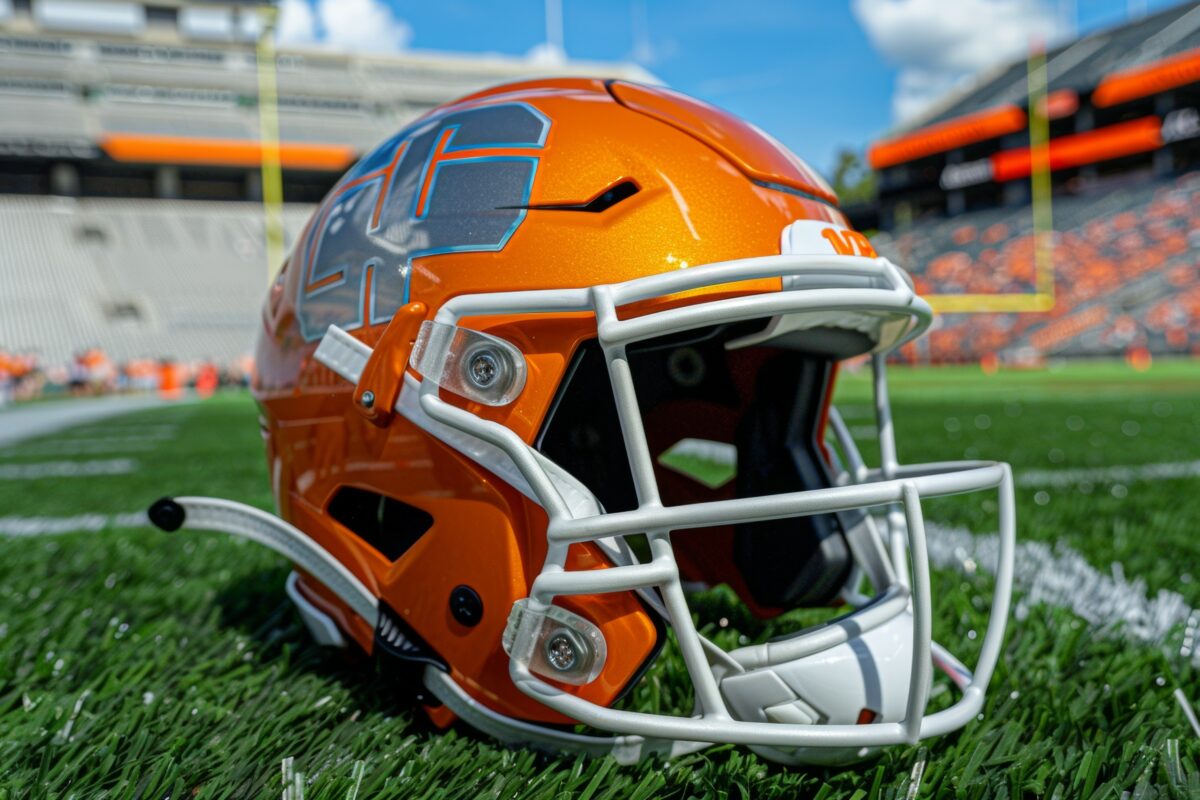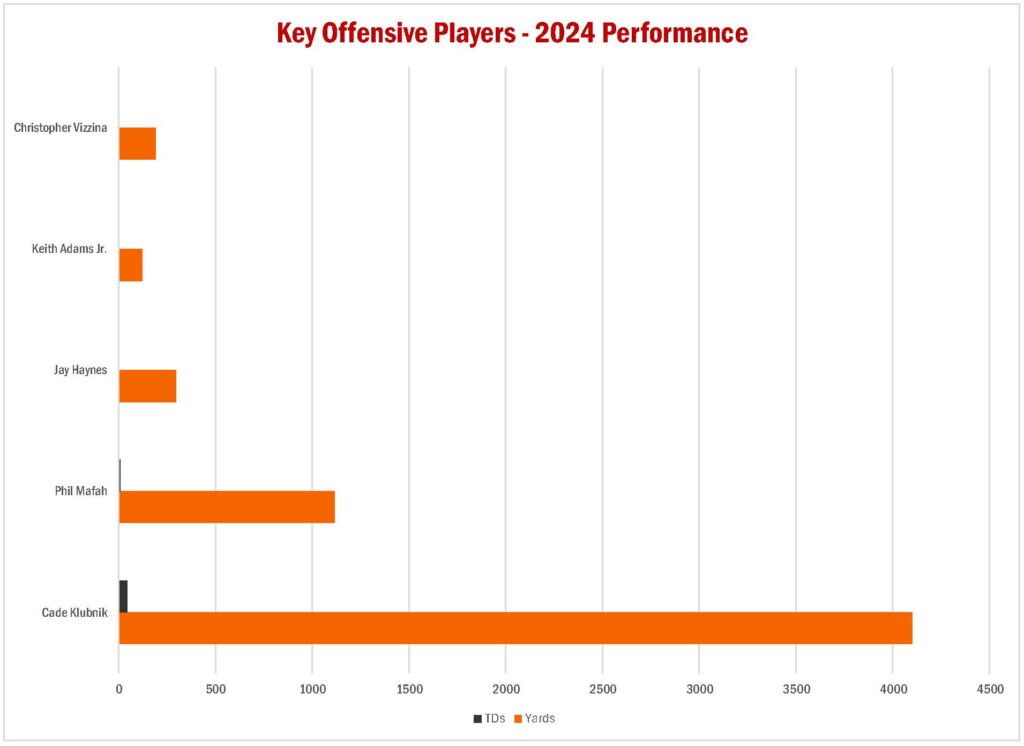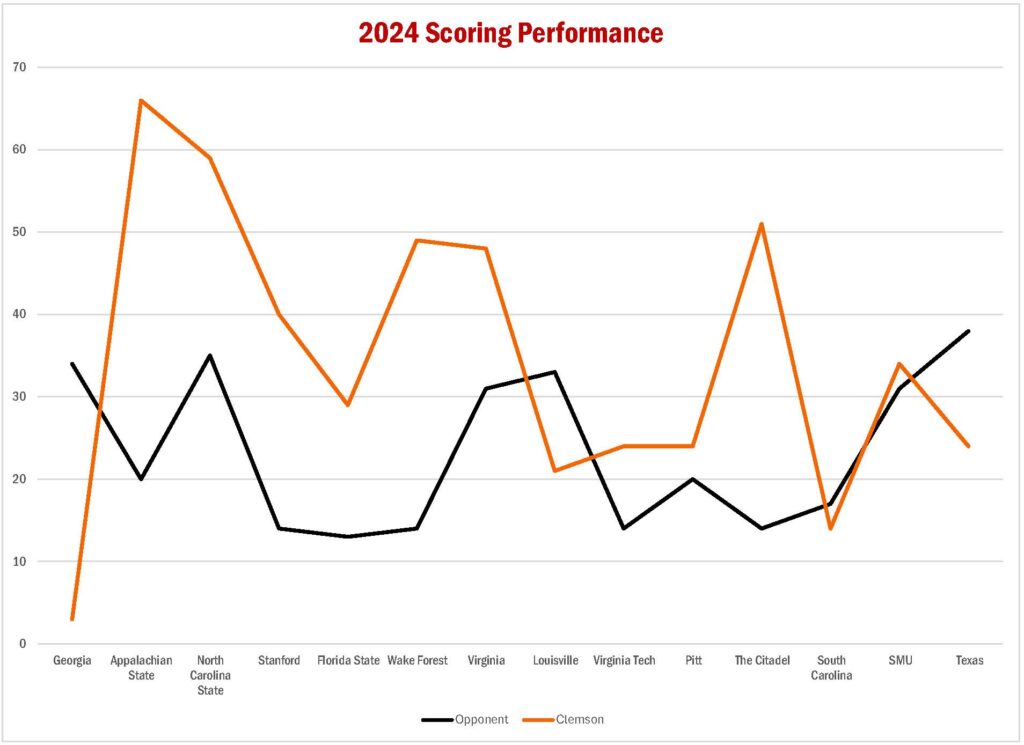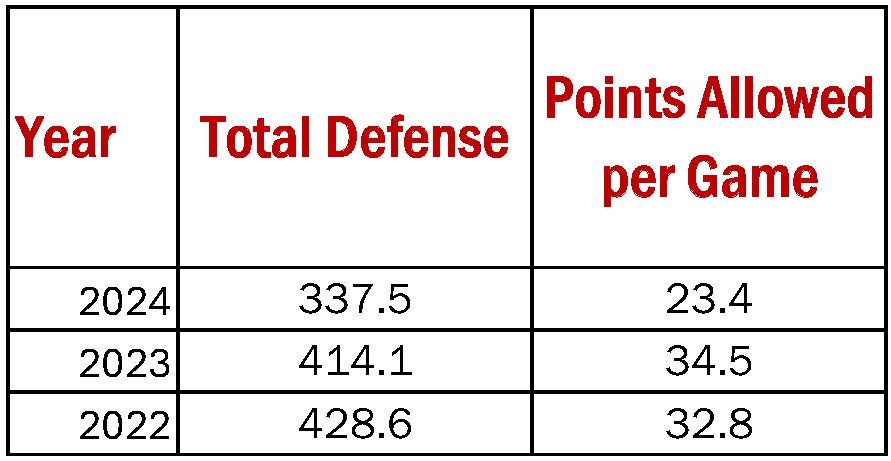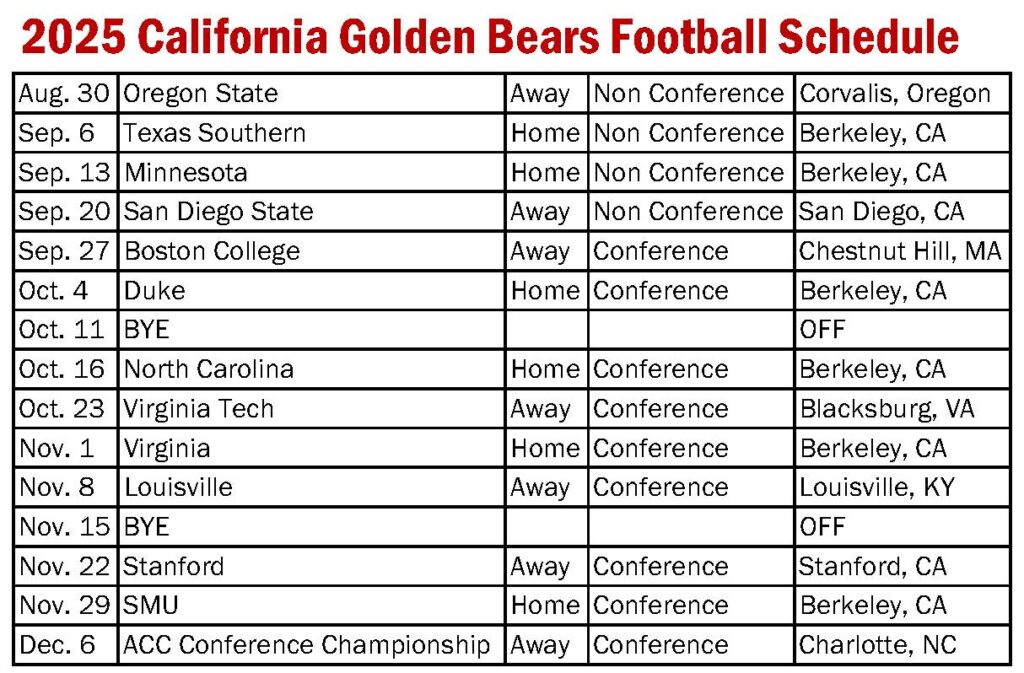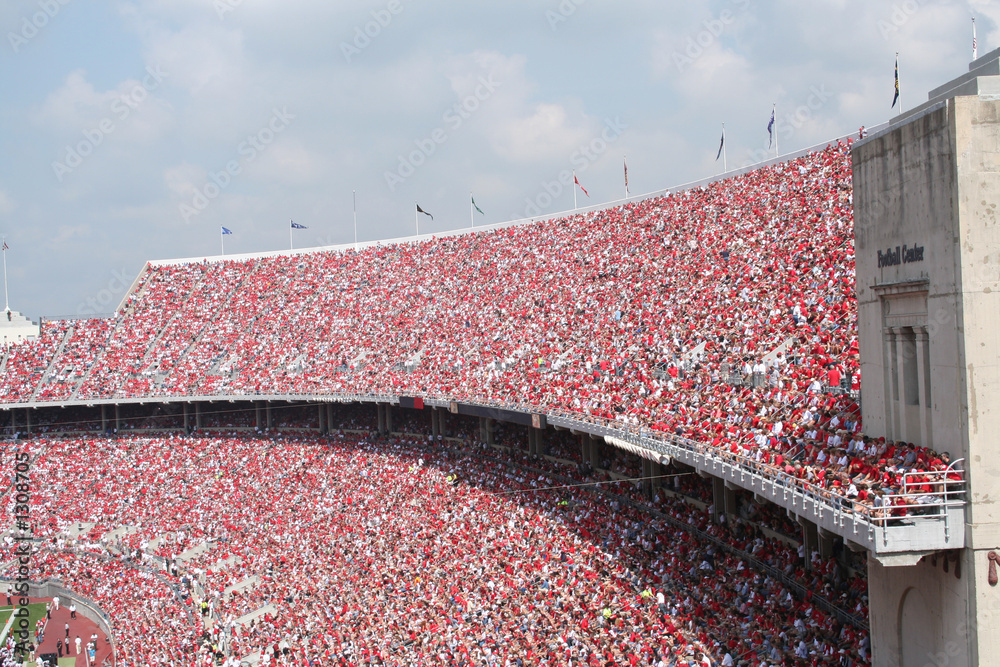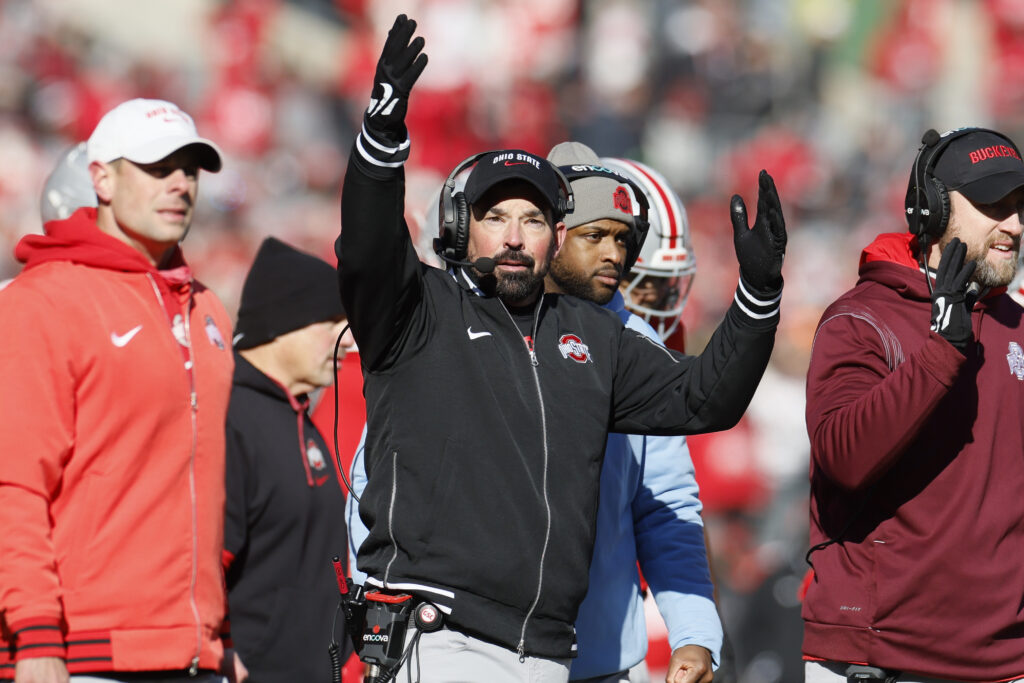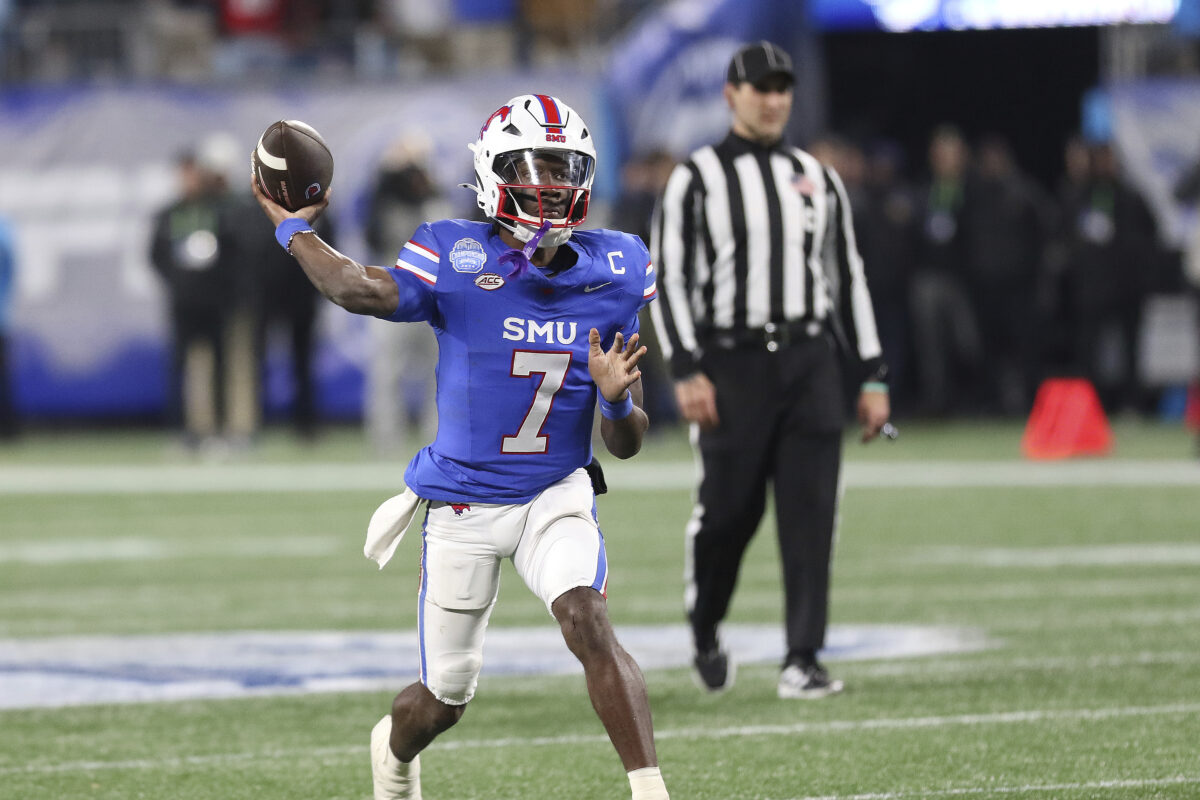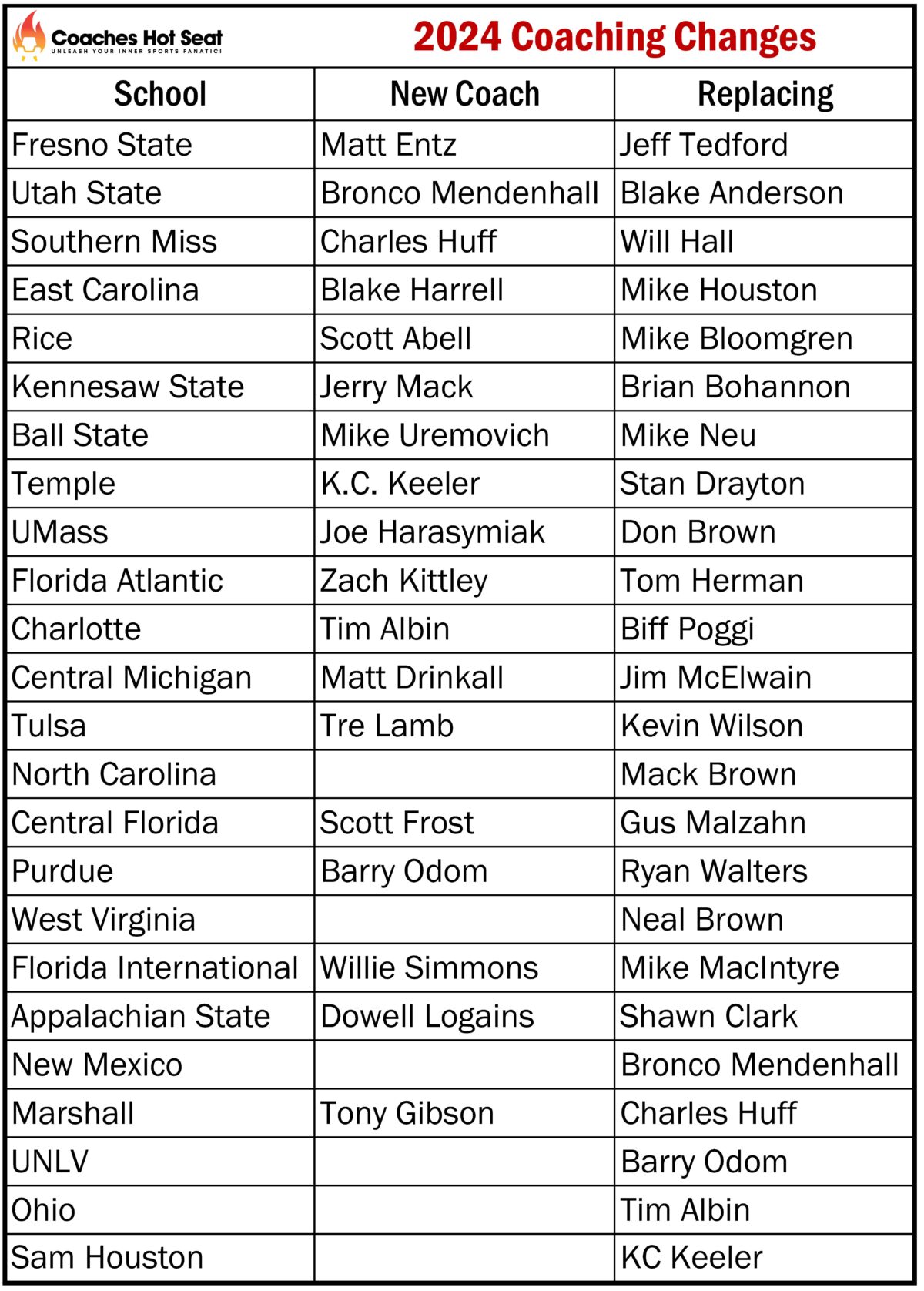Blog Article
Duke Football 2025: The Blue Devils’ Quest to Build a Powerhouse
Duke football just shocked the college football world—and they’re not done yet.
The Foundation Is Already Built (And It’s Rock Solid)
What happens when you combine a defensive mastermind head coach with elite talent in the ACC?
In 2024, we found out:
- A surprising 9-4 record (5-3 in conference play)
- Signature wins over rivals North Carolina, NC State, and Florida State
- A defense that ranked 2nd nationally in tackles for loss (8.9 per game)
- An offense that produced 244.3 passing yards per game
- A Gator Bowl appearance that put Duke back on the national radar
But 2024 was just the warm-up act. Coach Manny Diaz is building something sustainable in Durham.
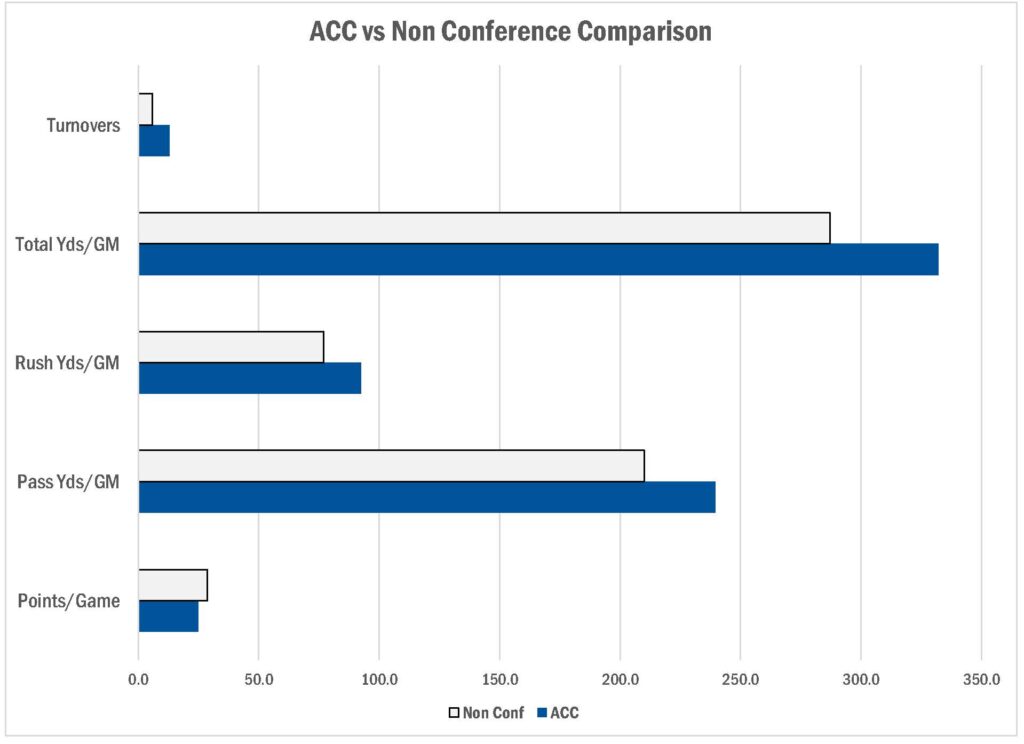
The $8 Million Quarterback Gamble That Changes Everything
The Blue Devils made the biggest quarterback splash in program history this offseason.
Darian Mensah isn’t just another transfer portal addition—he’s a program-defining investment. The former Tulane star, who commanded a reported $8 million deal over two years, brings legitimate star power to Wallace Wade Stadium.
- Threw for 2,723 yards with 22 TDs and just 6 INTs in 2024
- Led Tulane to the AAC Championship Game
- Ranked as the #1 player in ESPN’s transfer portal rankings
- Possesses the arm talent to unlock Duke’s downfield passing attack
The Blue Devils are betting big that Mensah can elevate them from “surprise team” to legitimate ACC contender.
A Defense Built to Terrorize Quarterbacks
While the offense will feature new faces, Duke’s defensive identity remains intact—and that should terrify ACC offensive coordinators.
The Blue Devils defense returns several key playmakers:
- All-American cornerback Chandler Rivers (allowed just ONE touchdown in his final seven games)
- All-American safety Terry Moore (71 tackles, 3 INTs in 2024)
- A front seven that generated 43 sacks last season
- An aggressive scheme that produced 13 interceptions and 14 fumble recoveries
Add Dartmouth transfer Josiah Green (unanimous All-Ivy selection) and Penn graduate transfer Will Seiler to the mix, and Duke’s defense appears primed to maintain its disruptive reputation.

The Best Recruiting Class in Program History Just Arrived
Building sustained success requires elite recruiting—and Duke just secured their highest-rated class in years.
The 2025 incoming class features:
- A #33-35 national ranking (depending on which service you trust)
- 4-star DE Bryce Davis (ranked as high as #63 nationally)
- 4-star LB Bradley Gompers (Pennsylvania’s top prospect)
- WR Jamien Little (ESPN 300 selection)
- 27 total commitments (quantity AND quality)
This influx of young talent ensures Duke won’t be a one-year wonder. The talent pipeline is flowing.
Will The Transfer Portal Gamble Pay Off?
Duke’s roster transformation extends far beyond just Mensah.
The Blue Devils aggressively attacked the transfer portal to reload after key departures:
- WR Cooper Barkate (Harvard): 63 catches, 1,084 yards, 11 TDs in 2024
- WR Andrel Anthony Jr. (Oklahoma): Former Michigan standout adds big-play ability
- OL Jack Purcell (Penn): Experienced tackle to protect Mensah’s blindside
- DL Kendy Charles (Liberty): Immediate impact player on the defensive front
Transfer portal success will determine whether Duke builds on 2024 or takes a step back.
The Brutal Reality of the 2025 Schedule
The path to an ACC Championship won’t be easy.
Duke faces nine opponents who reached bowl games or the College Football Playoff in 2024. The Blue Devils’ Week 2 clash with Illinois will immediately reveal whether this team is for real.
Conference showdowns with Miami, Clemson, and Virginia Tech will test Duke’s ability to compete with the ACC’s elite programs. How Diaz’s squad performs in these measuring-stick games will define their season.
Can Duke Football Finally Sustain Success?
The most fascinating question surrounding the 2025 Blue Devils isn’t about talent—it’s about the program’s historical inability to build on success.
Duke has the pieces in place: an established coach, a star quarterback, a disruptive defense, and upgraded talent. The blueprint is there.
Now, they just need to execute it.
For a program that has spent decades as an afterthought, 2025 represents Duke’s chance to prove they belong among the ACC’s contenders—not just for one magical season, but for the long haul.
The Blue Devils aren’t just building a team. They’re building a program.
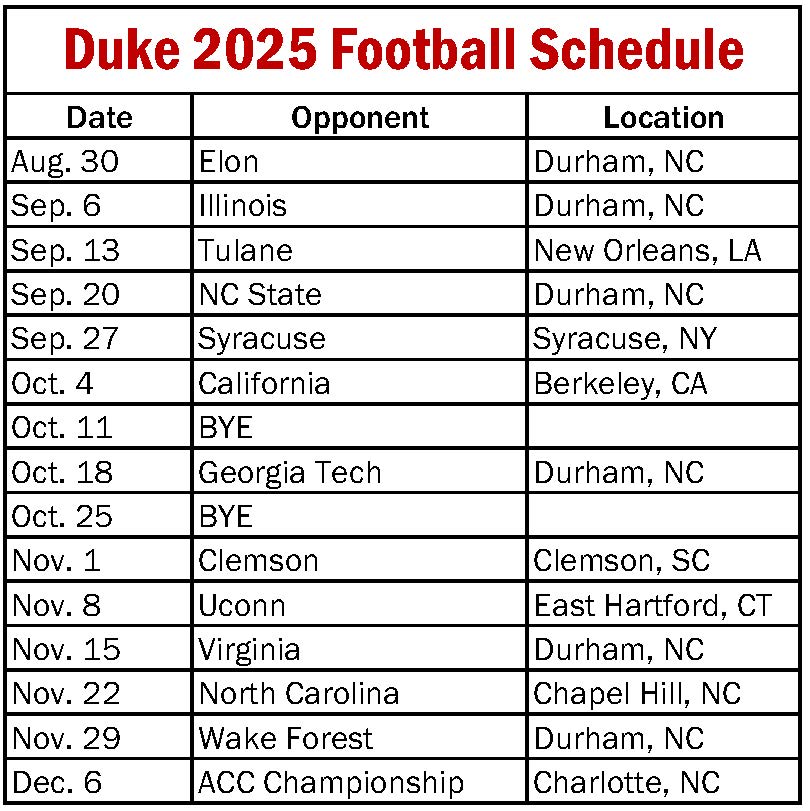
Finally…
Don’t miss another deep dive into college football’s most crucial storylines and program developments. Our team-by-team analysis gives you the insider perspective to understand where each program is headed in 2025 and beyond. Subscribe for free now to access our comprehensive breakdowns, exclusive hot seat rankings, and in-depth conference analysis delivered straight to your inbox. Join thousands of college football insiders who trust Coaches Hot Seat to keep them ahead of the game. Hit the link below to unlock all our premium content and never miss another update.

